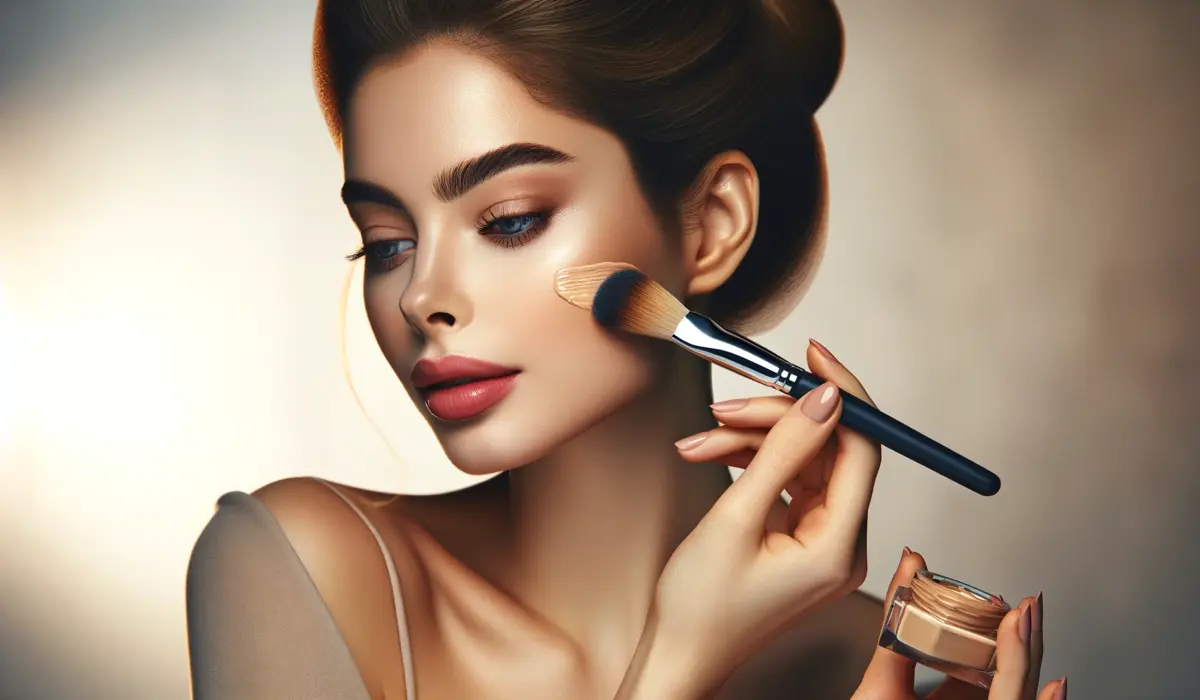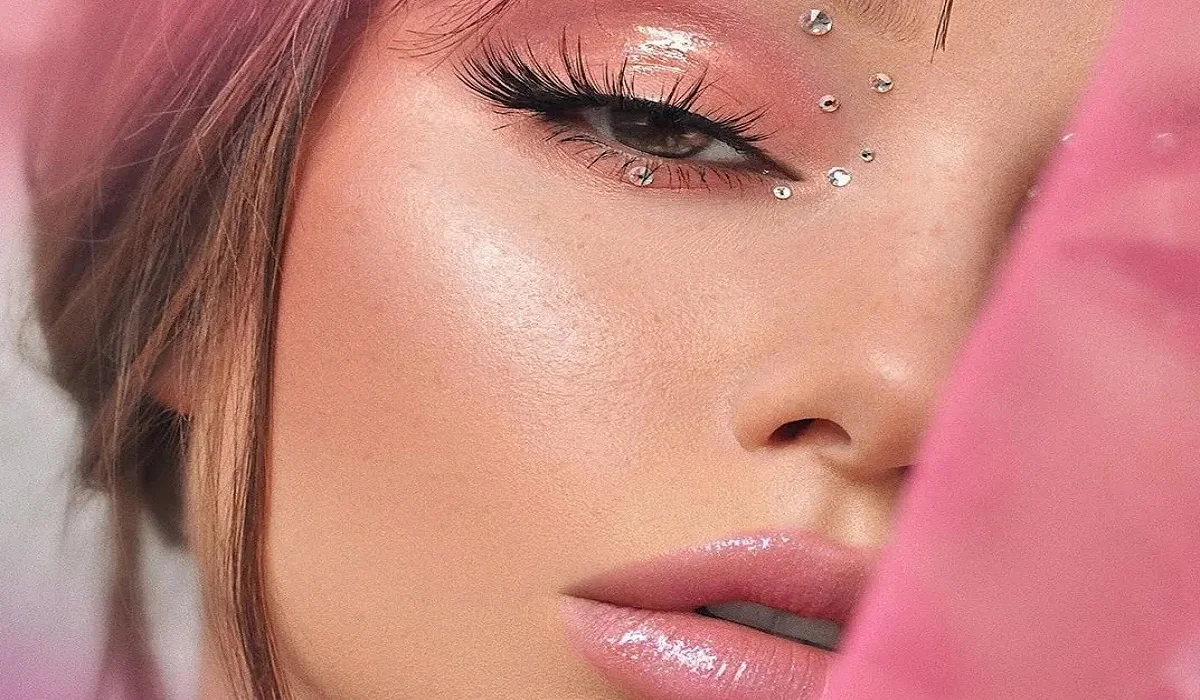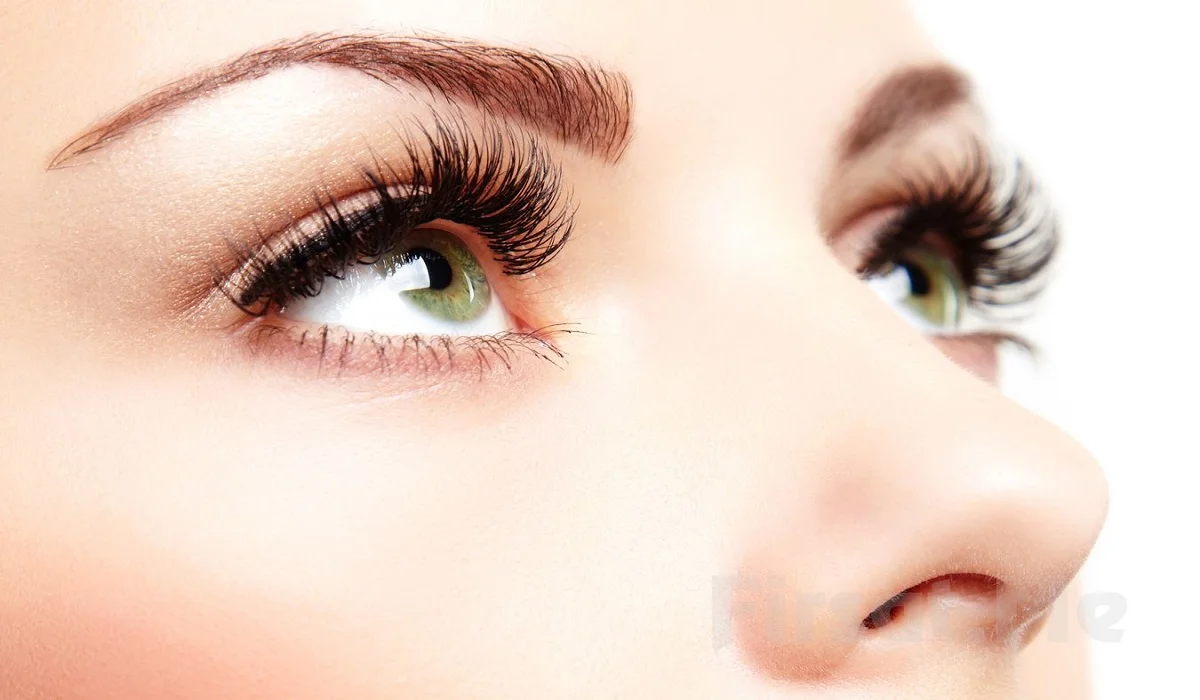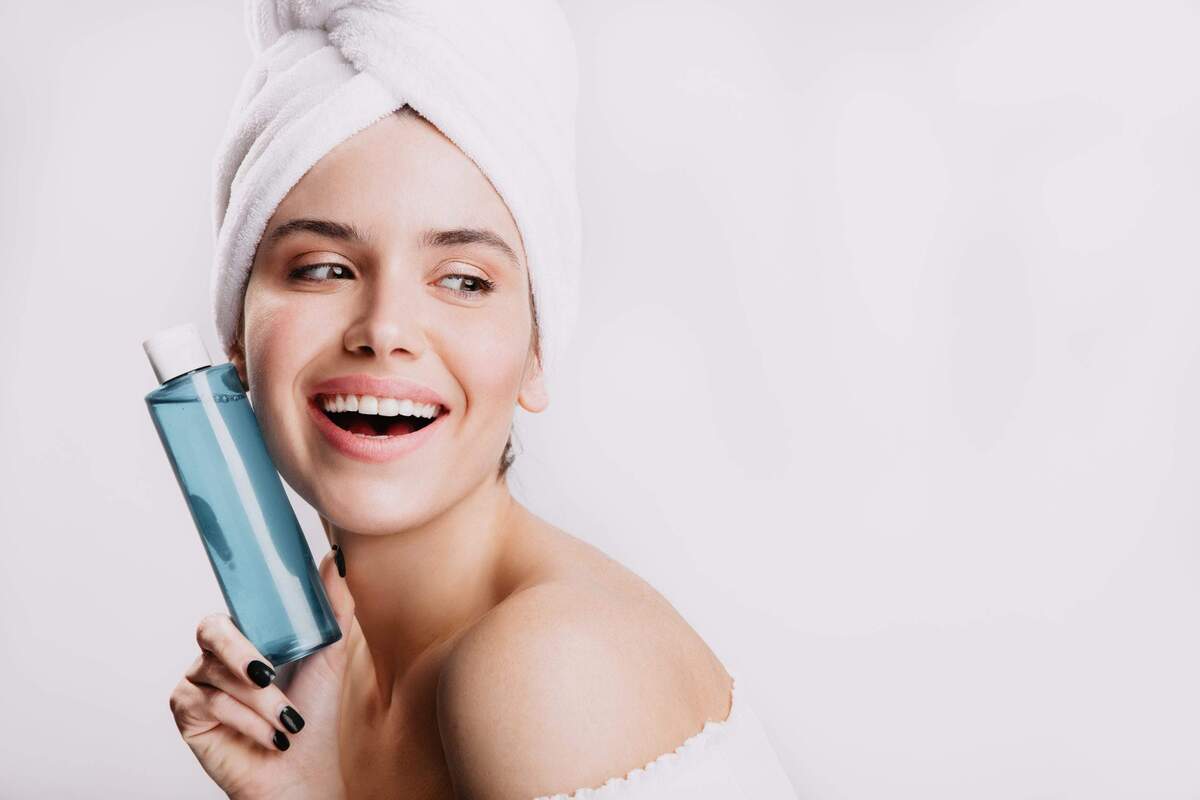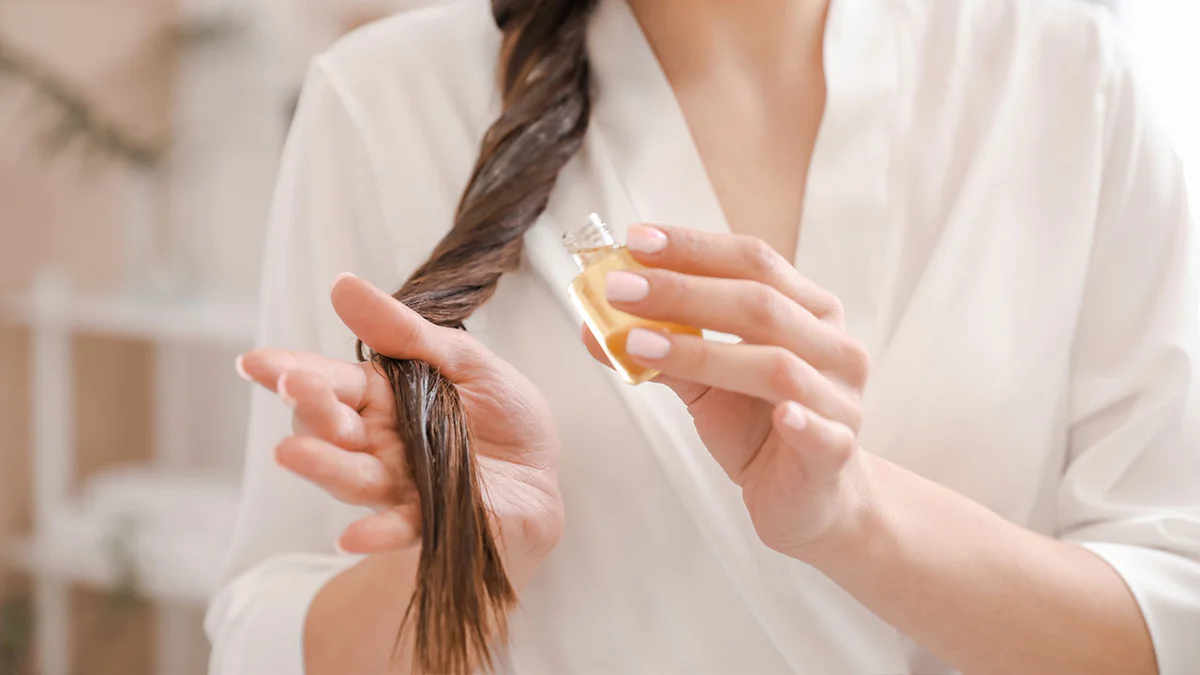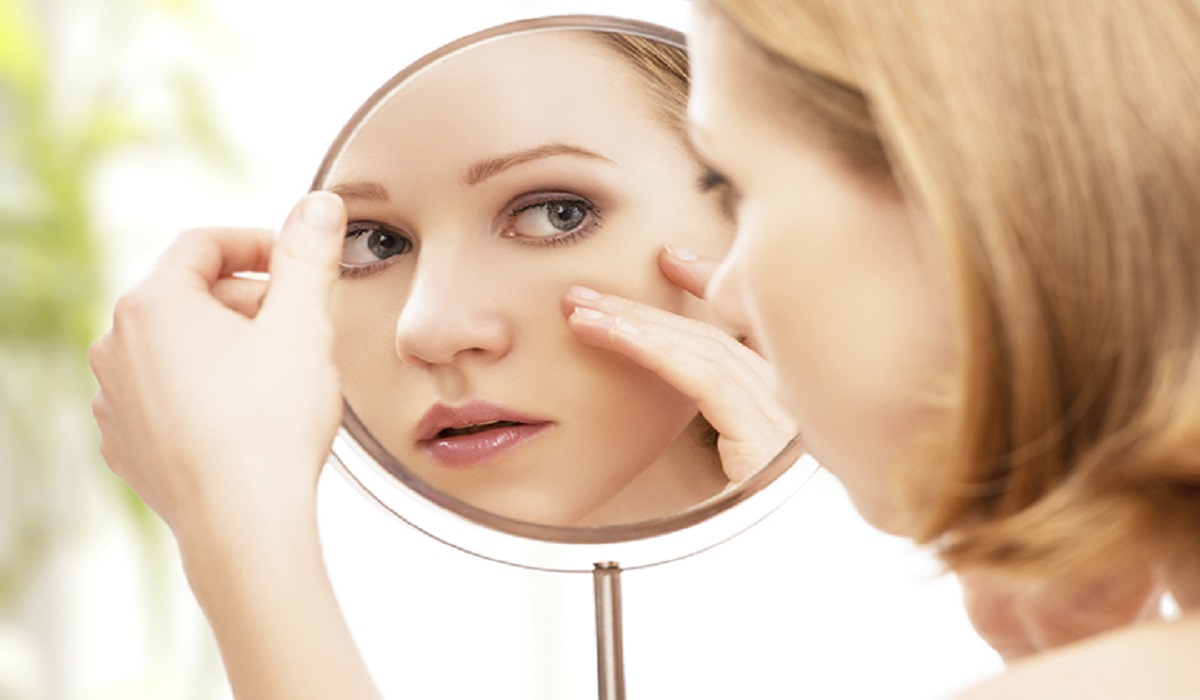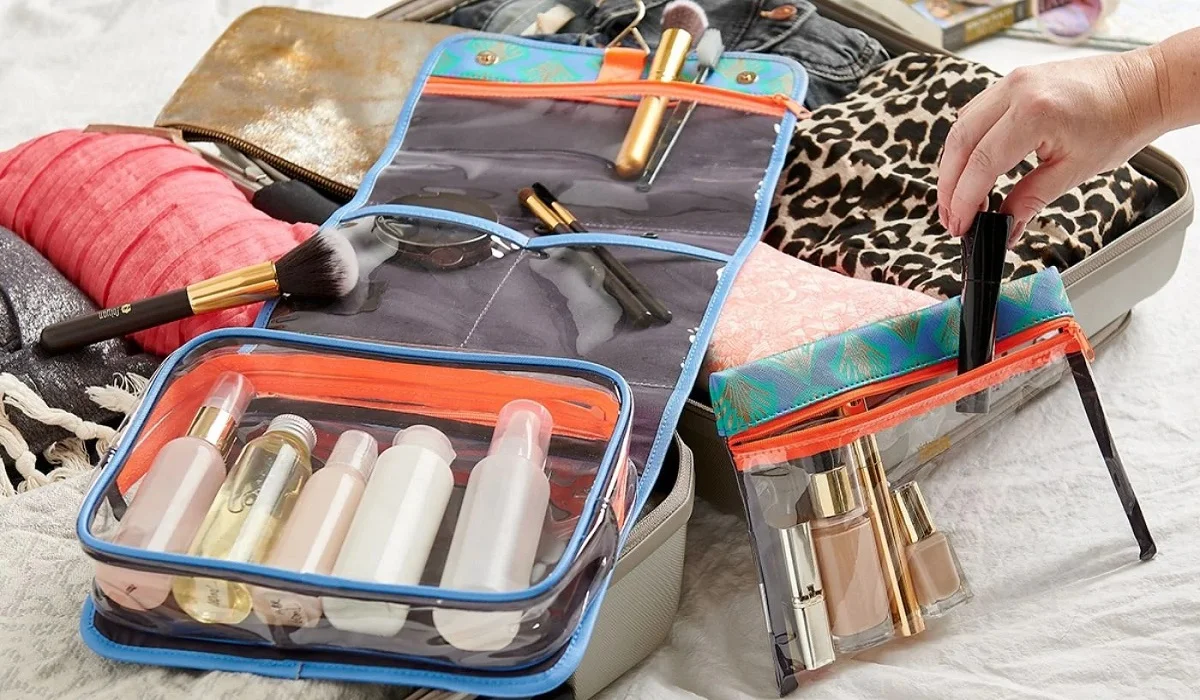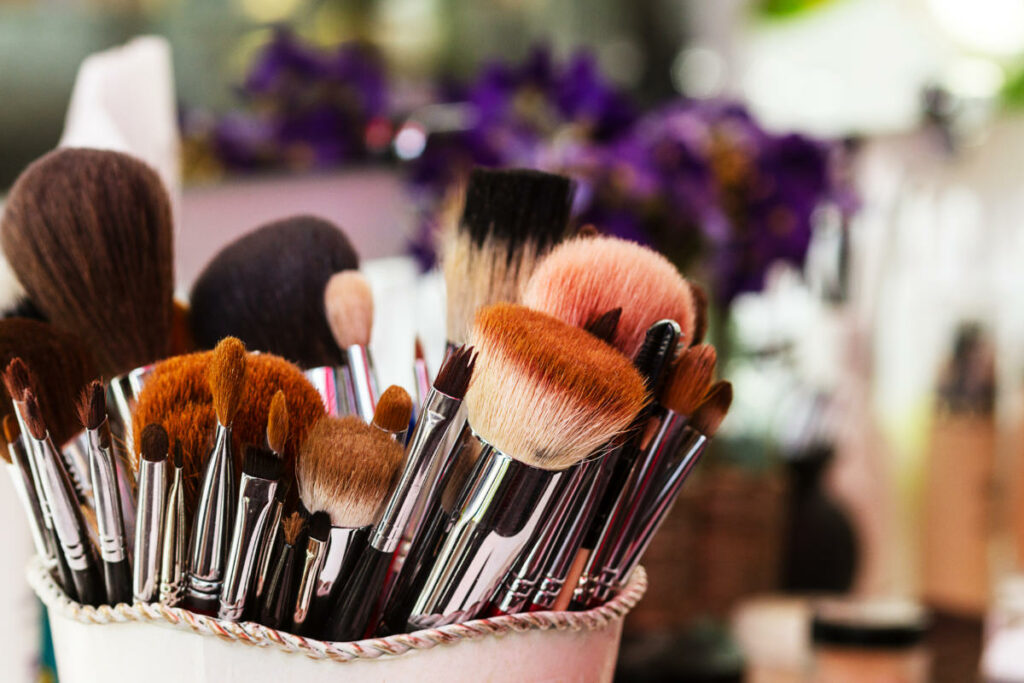
Makeup brushes are an essential tool for any makeup lover. With so many different types of brushes available, it can be overwhelming to know which ones to use for what purpose. In this beginner’s guide, we’ll break down the most common makeup brushes and what they’re used for.
Foundation Brush
A foundation brush is typically flat and has densely packed bristles. It’s used to apply liquid or cream foundation evenly to the face. To use, apply a small amount of foundation to the back of your hand or directly onto the brush. Starting at the center of your face, blend the foundation outward using circular motions.
Beauty Blender
A beauty blender is a makeup sponge that’s used to apply foundation, concealer, or other liquid products. To use, dampen the sponge and squeeze out any excess water. Apply a small amount of product to the sponge and bounce it onto your skin, blending as you go.
Powder Brush
A powder brush is typically large and fluffy, with loosely packed bristles. It’s used to apply powder products, such as setting powder or bronzer, to the face. To use, dip the brush into the powder and tap off any excess. Apply the powder to your face using sweeping motions.
Blush Brush
A blush brush is typically smaller and more tapered than a powder brush. It’s used to apply blush to the cheeks. To use, dip the brush into the blush and tap off any excess. Smile to locate the apples of your cheeks, and apply the blush using circular motions.
Contour Brush
A contour brush is typically angled and has densely packed bristles. It’s used to apply contour products, such as powder or cream contour, to the hollows of the cheeks, temples, and jawline. To use, dip the brush into the product and tap off any excess. Apply the contour using sweeping motions, blending as you go.
Highlighter Brush
A highlighter brush is typically smaller and more tapered than a powder brush. It’s used to apply highlighter to the high points of the face, such as the tops of the cheekbones, brow bone, and cupid’s bow. To use, dip the brush into the highlighter and tap off any excess. Apply the highlighter using sweeping motions.
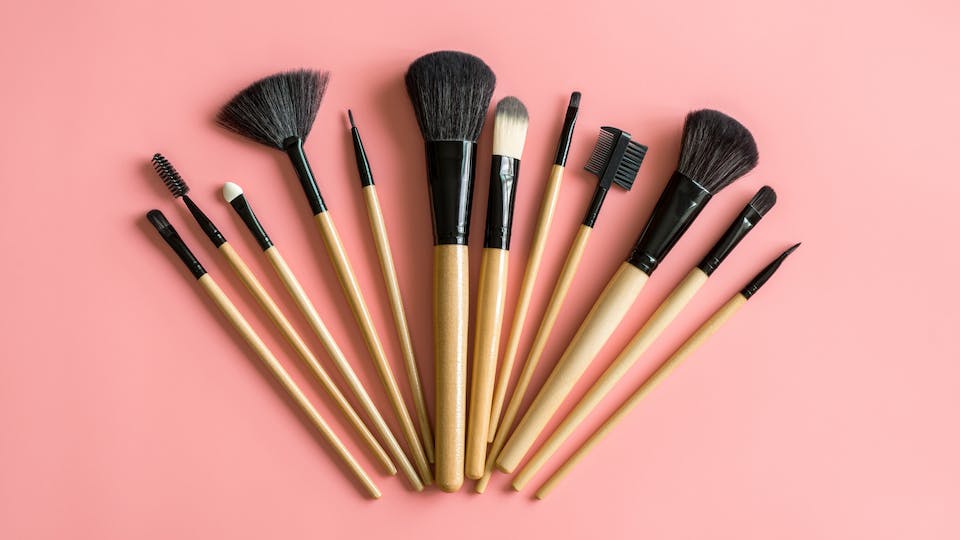
Eyeshadow Brush
An eyeshadow brush is typically small and flat or slightly fluffy. It’s used to apply eyeshadow to the eyelids. To use, dip the brush into the eyeshadow and tap off any excess. Apply the eyeshadow to your lid using sweeping or patting motions.
Crease Brush
A crease brush is typically small and tapered. It’s used to apply eyeshadow to the crease of the eye, to create depth and dimension. To use, dip the brush into the eyeshadow and tap off any excess. Apply the eyeshadow to the crease using back-and-forth motions, blending as you go.
Blending Brush
A blending brush is typically fluffy and dome-shaped. It’s used to blend out harsh lines and create a seamless transition between eyeshadow shades. To use, dip the brush into the eyeshadow and tap off any excess. Use circular or windshield-wiper motions to blend out any harsh lines.
Angled Brush
An angled brush is typically flat and angled. It’s used to apply eyeliner or eyebrow products. To use, dip the brush into the product and tap off any excess. Apply the product using short, precise strokes.
Lip Brush
A lip brush is typically small and tapered. It’s used to apply lipstick or lip gloss with precision. To use, dip the brush into the product and tap off any excess. Starting at the center of your lips, apply the product outward using short, precise strokes.
Fan Brush
A fan brush is typically thin and flat with sparse bristles. It’s used to apply highlighter or to sweep away excess product. To use, dip the brush into the highlighter and tap off any excess. Apply the highlighter to the high points of your face using sweeping motions. Alternatively, use the fan brush to sweep away any excess powder or fallout from your makeup application.
Kabuki Brush
A kabuki brush is typically large and dense with flat, rounded bristles. It’s used to apply powder products, such as bronzer or setting powder, to the face. To use, dip the brush into the powder and tap off any excess. Apply the powder to your face using circular motions.
Flat Concealer Brush
A flat concealer brush is typically small and flat with tightly packed bristles. It’s used to apply concealer to specific areas of the face, such as under the eyes or on blemishes. To use, dip the brush into the concealer and apply to the desired areas using tapping or patting motions. Blend out any harsh lines with a beauty blender or finger.
Angled Brow Brush
An angled brow brush is typically small and angled with dense bristles. It’s used to apply eyebrow products, such as pomade or powder, to fill in and define the eyebrows. To use, dip the brush into the product and tap off any excess. Use short, hair-like strokes to fill in any sparse areas and define the shape of your eyebrows.
In conclusion, makeup brushes are an essential tool for achieving flawless makeup application. With the variety of brushes available, it’s important to understand what each brush is used for and how to use it. Whether you’re a beginner or an experienced makeup enthusiast, having the right brushes in your collection can make a significant difference in the outcome of your makeup look.

